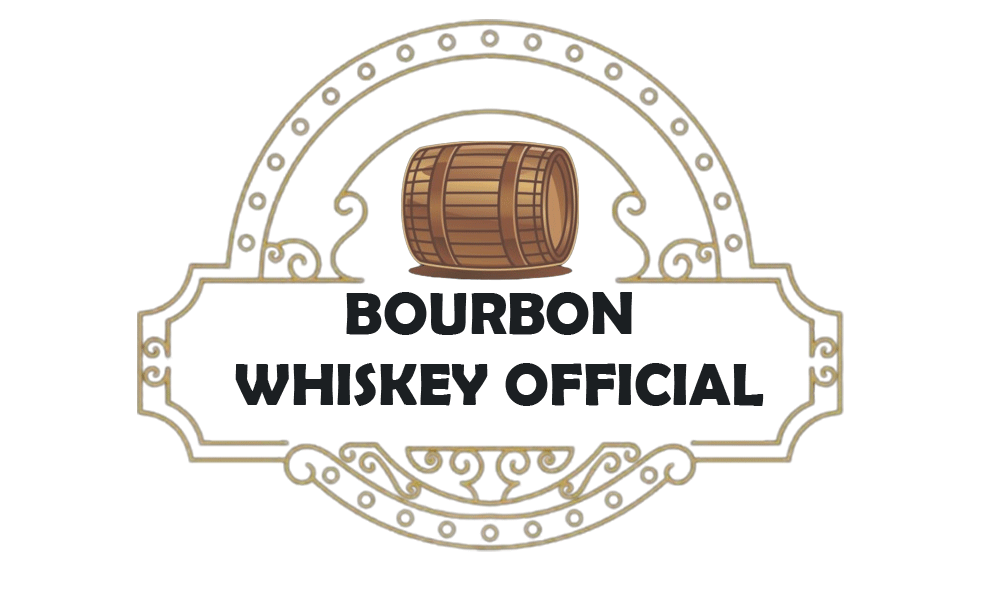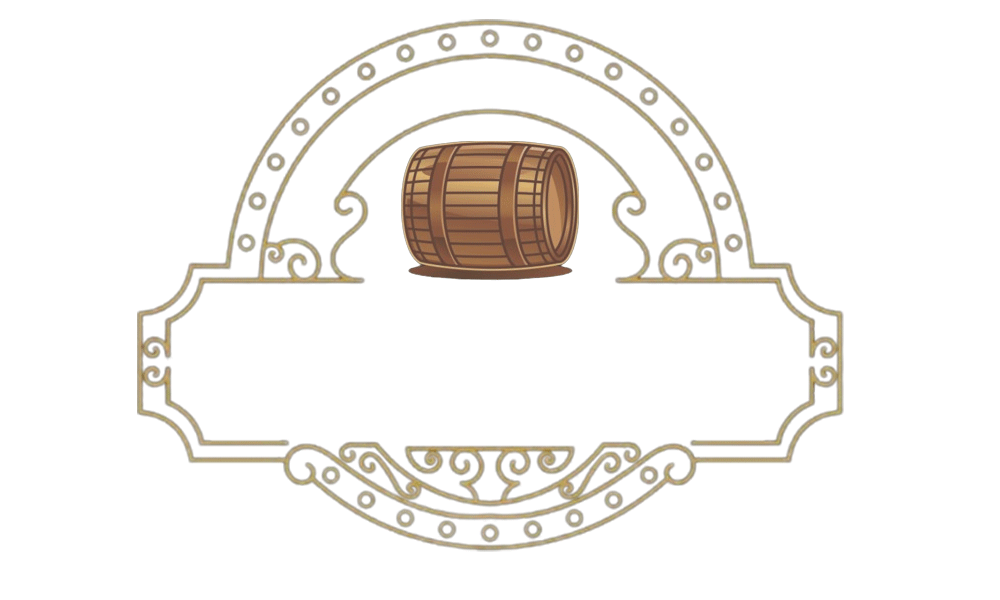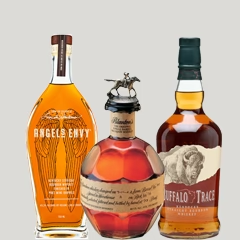The Ultimate Guide to Bourbon Whiskey: History, Making, and Tasting NotesDetailed Content for Bourbon Whiskey
Introduction to Bourbon Whiskey
Bourbon whiskey is often referred to as “America’s native spirit.” This distinctive alcoholic beverage is deeply ingrained in American culture and history, particularly in Kentucky, where the vast majority of Bourbon distilleries are located. But what exactly makes Bourbon different from other whiskeys, and why has it earned such a revered place in the hearts of connoisseurs and casual drinkers alike?
The legal definition of Bourbon whiskey is quite specific: to be classified as Bourbon, the spirit must be made from at least 51% corn, aged in new charred oak barrels, and distilled to no more than 160 proof. Furthermore, it cannot be diluted to less than 80 proof before bottling. These regulations ensure that Bourbon maintains a distinct flavor profile and remains an iconic American product.
The Making of Bourbon Whiskey
Ingredients
The base of Bourbon whiskey is simple: corn, barley, rye, and water. Corn, comprising at least 51% of the mash bill, is what gives Bourbon its characteristic sweetness. The remainder of the mash bill typically contains rye, barley, and sometimes wheat, each contributing distinct flavors to the final product.
Mash Bill
The mash bill is the recipe for the grains used in Bourbon’s production. A mash bill containing more rye tends to result in spicier, more robust flavors, while wheat-based Bourbons often have a smoother, sweeter taste. The specific ratios of these grains are a key part of what makes each brand’s Bourbon unique.
Distillation Process
Bourbon whiskey is distilled twice, first in a large pot still, then in a column still. The process separates the alcohol from impurities and concentrates the flavors, which are then preserved during the aging process.
Maturation Process
Once distilled, Bourbon is aged in new charred oak barrels, a crucial part of the aging process. The charred interior of the barrel helps impart a rich amber color and complex flavors like caramel, vanilla, and toasted oak. The aging process typically lasts at least two years, though higher-quality Bourbons are often aged for six years or more. The weather in Kentucky, with its seasonal temperature shifts, plays a significant role in how the whiskey interacts with the wood, affecting its flavor.
Proof and Bottling
After aging, Bourbon is often diluted with water to bring it down to a desired proof before being bottled. The proof is an indicator of alcohol content, with most Bourbons typically bottled at around 80-100 proof. Some rare expressions, such as cask-strength Bourbons, are bottled at a higher proof for those who appreciate a more robust, intense flavor.
Bourbon Whiskey vs. Other Whiskies
Bourbon vs. Scotch
One of the primary differences between Bourbon and Scotch is the grain. While Bourbon is made primarily from corn, Scotch whisky is made from malted barley. Another key difference lies in the aging process—Bourbon must be aged in new charred oak barrels, while Scotch whisky often uses barrels that have previously held other liquids, such as sherry or wine, which imparts different flavors.
Bourbon vs. Rye Whiskey
Rye whiskey, while also an American spirit, is typically made with a mash bill containing at least 51% rye. This gives rye whiskey a spicier, drier flavor profile, contrasting with the sweeter, more full-bodied taste of Bourbon.
Bourbon vs. Irish Whiskey
Irish whiskey is often triple-distilled for a smoother, lighter character. In contrast, Bourbon is typically double-distilled, which results in a more robust, rich flavor. Additionally, Irish whiskey can be aged in a variety of barrels, including sherry or wine barrels, which adds complexity not commonly found in Bourbon.
The Bourbon Flavor Profile
Bourbon’s flavor profile is diverse, shaped by a combination of ingredients, distillation methods, and aging processes. The corn provides a sweetness that can range from light and honeyed to deep caramel. Rye imparts spicy notes, while the charred oak barrels contribute rich flavors like vanilla, toffee, and smoke. The interaction between the whiskey and the wood over time is key to Bourbon’s unique character.
Factors Influencing Bourbon Flavor
- Mash Bill: The combination of grains used affects the sweetness, spiciness, and smoothness of the final product.
- Distillation Process: The choice of stills and distillation method impacts the purity and intensity of the alcohol.
- Aging Conditions: The environment in which Bourbon is aged (e.g., temperature variations, humidity) plays a crucial role in flavor development.
Popular Bourbon Brands
Some of the most well-known Bourbon brands have helped shape the industry. Here’s a look at a few:
- Maker’s Mark: Known for its sweet and smooth flavor, Maker’s Mark is one of the most famous Bourbons in the world. Their use of red winter wheat in the mash bill creates a soft and mellow taste.
- Jim Beam: As one of the oldest distilleries in the world, Jim Beam offers a broad range of Bourbons, from the classic white label to higher-end expressions like Jim Beam Black and Jim Beam Signature Craft.
- Buffalo Trace: Located in Kentucky, Buffalo Trace is known for producing complex and highly regarded Bourbons, including its flagship Buffalo Trace Bourbon, as well as limited-edition releases like Pappy Van Winkle.
Bourbon Whiskey’s Role in Cocktails
Bourbon is a versatile base for a variety of classic cocktails. Some of the most iconic include:
- Old Fashioned: A classic cocktail made with Bourbon, sugar, bitters, and a twist of citrus peel.
- Mint Julep: A refreshing cocktail made with Bourbon, mint, sugar, and crushed ice.
- Whiskey Sour: A tangy, balanced cocktail with Bourbon, lemon juice, and a sweetener.
Bourbon’s inherent sweetness and complexity make it an ideal choice for these timeless drinks.
Bourbon Whiskey Trends and Innovations
Over the years, Bourbon has experienced a resurgence in popularity, particularly in the craft distilling sector. Many distilleries are now experimenting with barrel finishes, where Bourbon is transferred to different types of barrels (e.g., wine, sherry, or port barrels) to enhance its flavors.
Collecting and Investing in Bourbon
Bourbon collecting has become a popular hobby, with rare and limited-edition bottles often fetching high prices at auctions. Investing in Bourbon can be lucrative, as certain bottles, particularly older or discontinued releases, have shown significant appreciation in value.
Bourbon Whiskey Tastings and Events
Attending Bourbon tastings or festivals is a great way to learn more about the spirit. Events like the Kentucky Bourbon Festival or Bourbon Trail tours provide enthusiasts with the opportunity to sample a wide variety of Bourbon expressions and meet the people behind the brands.
Health Considerations and Responsible Drinking
While moderate consumption of Bourbon can be enjoyed as part of a balanced lifestyle, it’s important to be aware of the health effects of alcohol. Bourbon, like all alcoholic beverages, should be consumed responsibly, with attention to the recommended guidelines for safe drinking.
Bourbon Whiskey Myths and Misconceptions
There are many myths surrounding Bourbon, such as the idea that the longer a Bourbon is aged, the better it is. In reality, age isn’t always a determinant of quality—various factors, including the type of barrel used and the climate, play a significant role in the flavor development.
Conclusion
Bourbon whiskey is more than just a drink; it’s a part of American heritage. Whether you’re sipping a neat pour, enjoying a classic cocktail, or collecting rare bottles, Bourbon offers a wide range of experiences. As the industry continues to evolve with new trends and innovations, Bourbon’s future looks as rich and exciting as its past.






